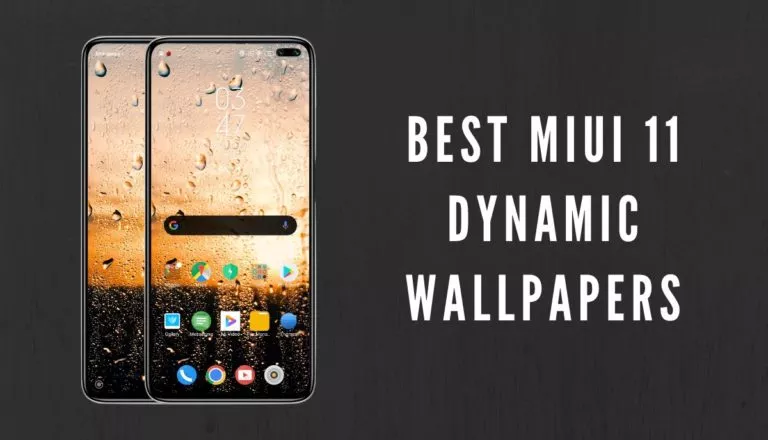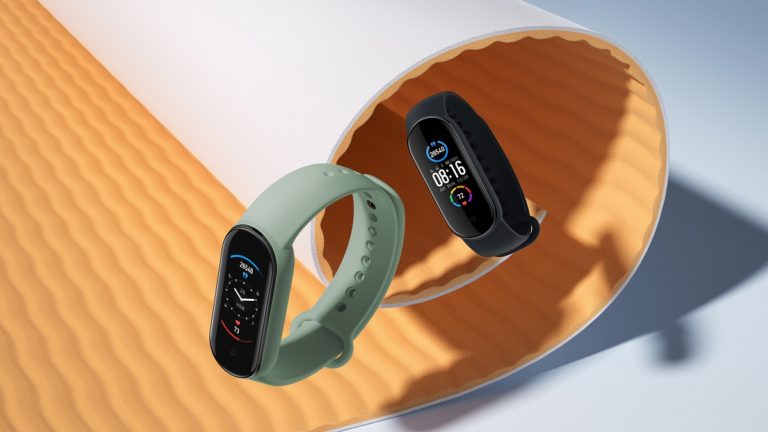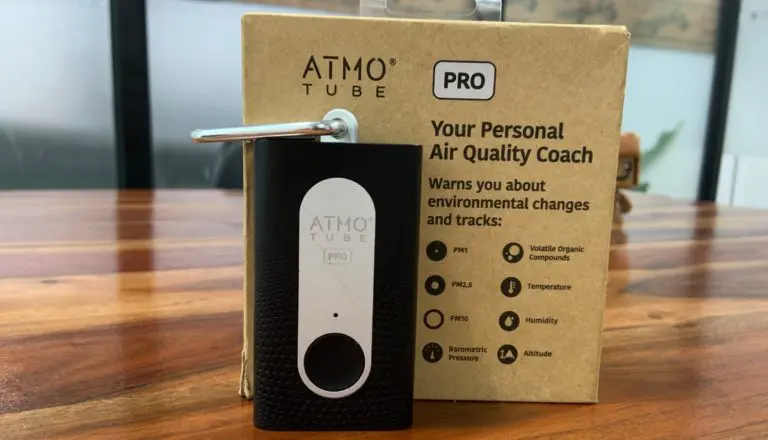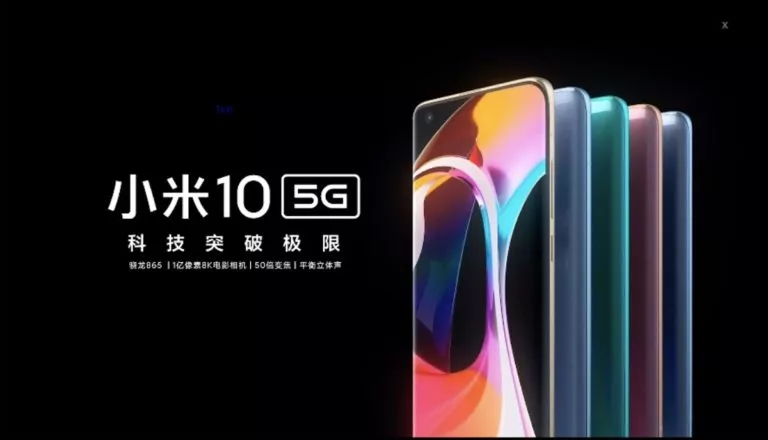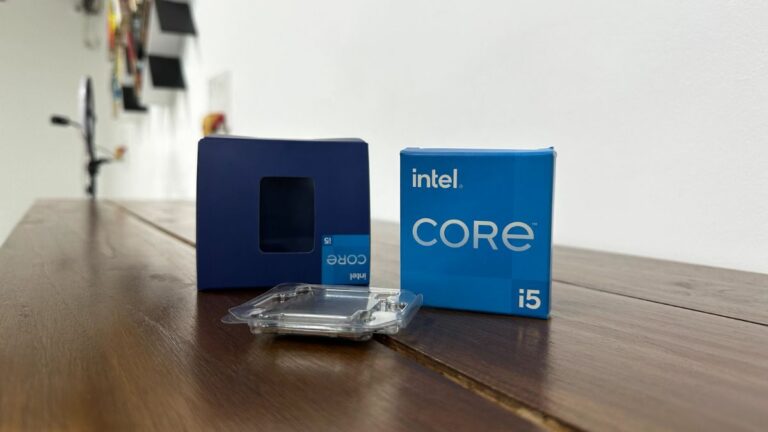Xiaomi 14 Review: Photography Made Fun Again!
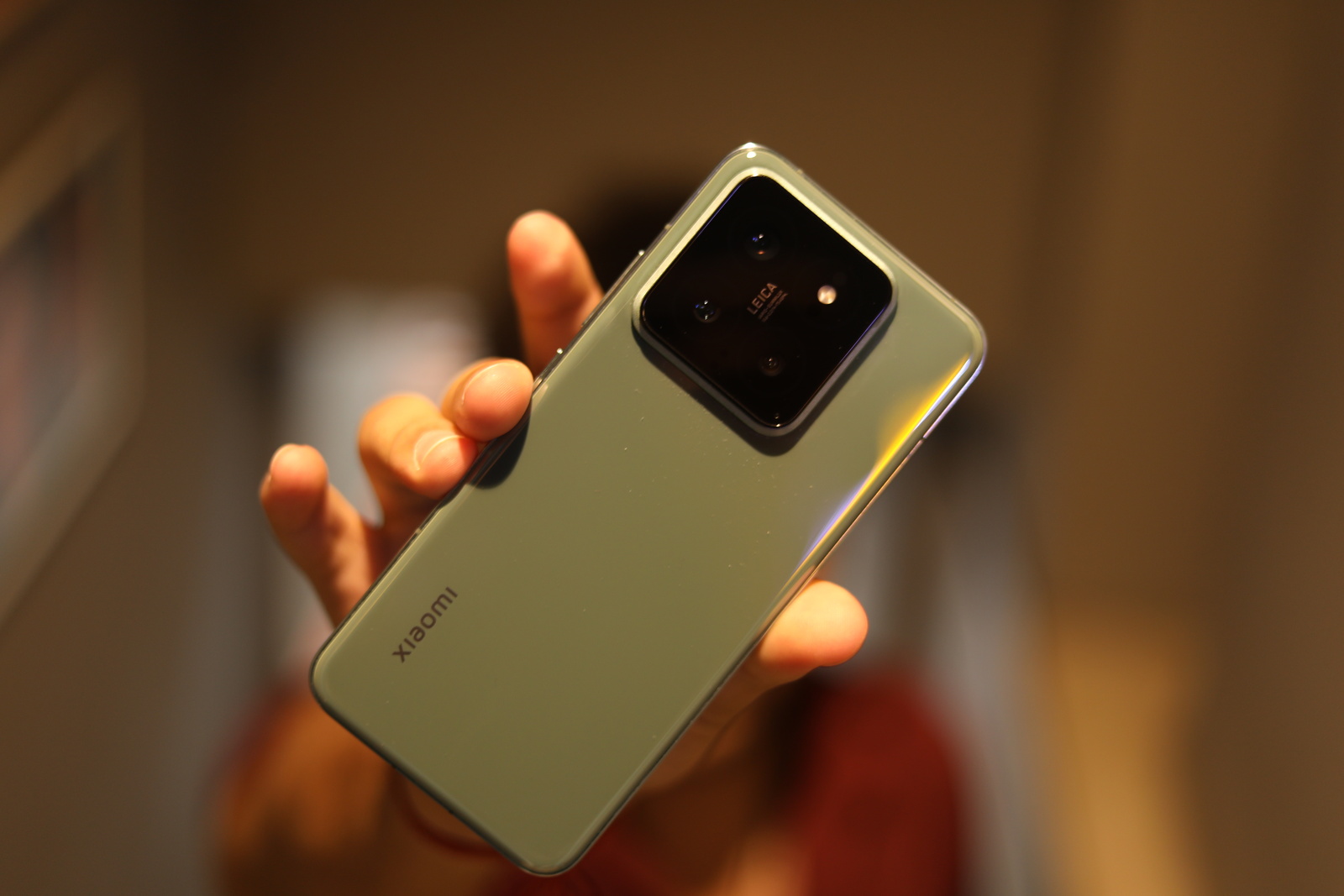
When people think of Xiaomi, most associate the brand with budget phones that provide value for money. However, the company also has a thriving flagship lineup that competes with the likes of Samsung and Apple. While its previous attempts weren’t quite at the level of Samsung’s Ultra series, the Xiaomi 14, however, could be the best all-round flagship phone of 2024, with its impressive cameras, stunning design, and great price. Without spoiling any more, let’s get into the review of the Xiaomi 14.
Xiaomi 14 Review
Summary
Despite its small size, the Xiaomi 14 packs a big punch, with a solid set of cameras, great battery life, and amazing performance.
Xiaomi 14 Review: Design and Hardware
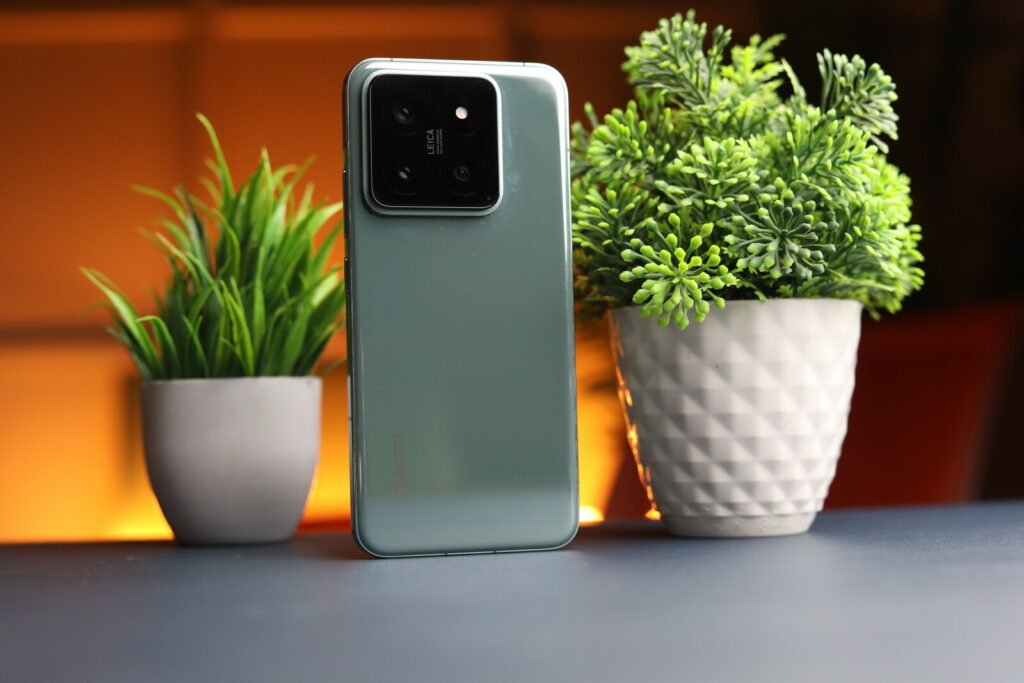
Unlike the industry trend of removing everything from the box, Xiaomi has generously provided all the bells and whistles. The box contains the Xiaomi 14, a 120W fast charger, a compatible cable, and a soft-touch silicone case.
We received the Jade green variant of the Xiaomi 14, and it’s the best color of the bunch. For long-time Xiaomi 13 fans, the design of the newer model might seem familiar, as the company has only made small changes to refine the looks. While it isn’t very flashy, the design is sure to turn heads because it’s sleek and screams premium.
Talking about that bump, Xiaomi has incorporated a pretty ring around it, which resembles an analog watch. However, we are also sure that the company placed the ring to move the focus away from the sheer size of the camera module, which makes it impossible to use the phone on a flat surface.
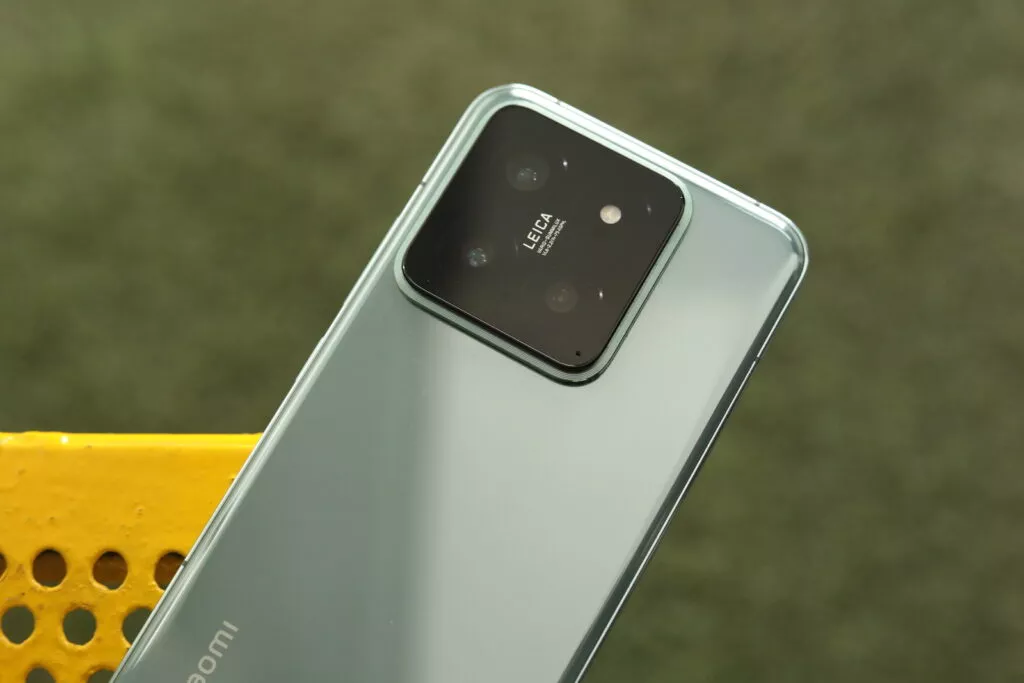
Coming to the materials, Xiaomi hasn’t left anything on the table here as well. Corning’s Gorilla Glass Victus protects the back and front, which proved adequate in protecting the phone, as I dropped it on the road from a hip height without a case. The flat sides are shiny aluminum, with the same color as the back, and while I love the way it looks, the sides attract a lot of fingerprints, thus mandating constant cleaning.
However, perhaps the best part of the Xiaomi 14’s design is the size. With a 6.36-inch display, the device feels compact compared to phones such as the S24 Ultra. Although we cannot properly convey the in-hand feel of using the phone, it is the best out of any flagship released in 2024, as the front display is flat, and the back gently curves into the sides.
Xiaomi 14 Review: Display
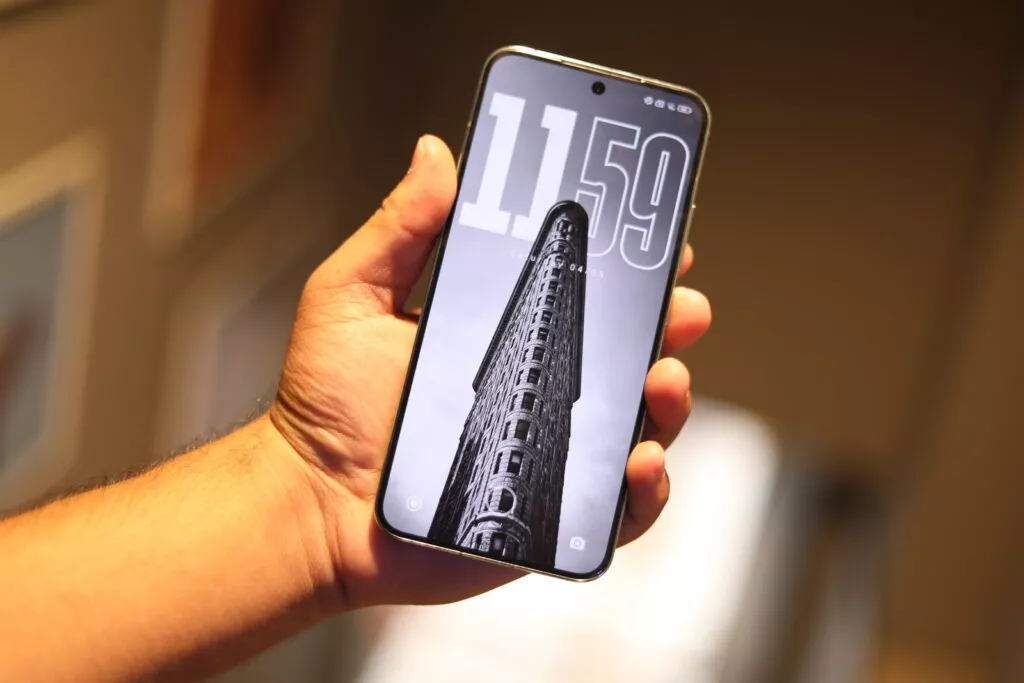
Getting the specs out of the way, the Xiaomi 14 supports a flat 6.36-inch CrystalRes C8 AMOLED 120Hz LTPO display manufactured by TCL. Additionally, the device supports Dolby Vision and HDR10+, meaning users can enjoy all their favorite content in excellent quality and HDR. Speaking of HDR, the Xiaomi 14’s display boasts an HDR peak brightness of 3000 nits. However, it is important to note that in outdoor conditions, the entire display can reach up to 1400 nits, more than adequate for visibility in direct sunlight.
Moving over to the quality, we have nothing negative to report in this regard. The superb display quality, with excellent color reproduction, enhances the viewing experience of any show or movie you watch. Moreover, the incorporation of LTPO also pays significant dividends. This is because the display can refresh from 120Hz to 1Hz, significantly improving battery life. Furthermore, we encountered no issues with the refresh rate switching.
Display Options
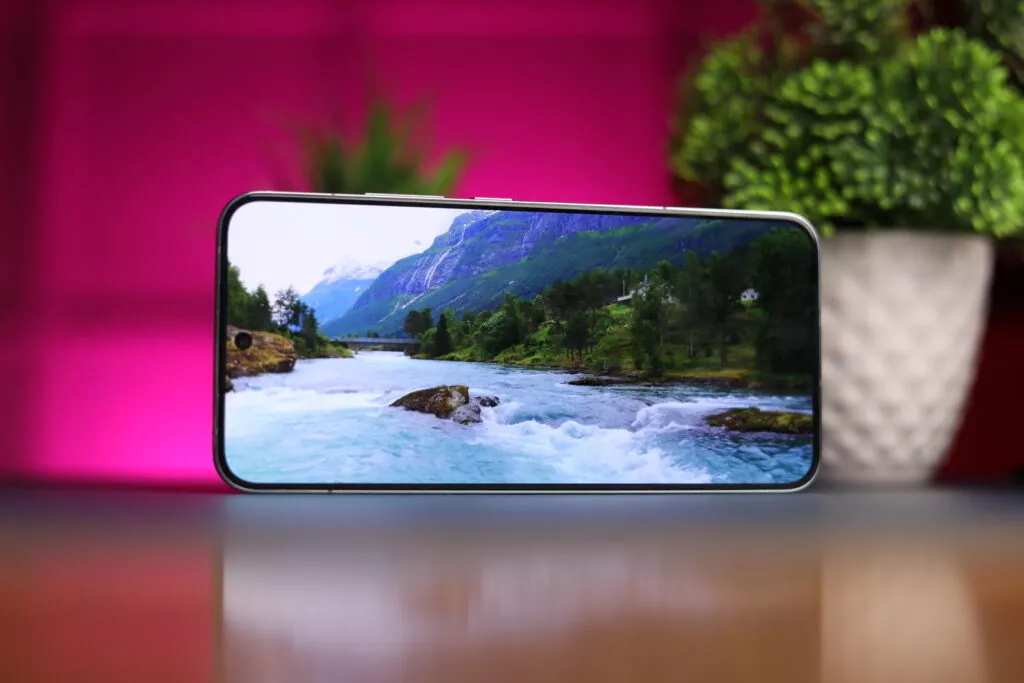
Considering Xiaomi is known to offer a plethora of features and customization options, it has done the same for the screen as well. While the device comes with the “Original Color PRO” setting selected out of the box, if you don’t like the colors on your Xiaomi 14, you can change them to your preference. The options include Vivid mode, which boosts colors based on the content; Saturated mode, which consistently enhances colors; and the Advanced option, which contains a sub-menu where you can select a specific color gamut, such as Original, P3, and sRGB.
Moreover, in the advanced section, you can choose specific red, green, and blue values and tinker with the HSV color space. And although all this might sound a bit overwhelming, these features could be useful for someone with color blindness.
Furthermore, for users who find OLED screens cumbersome due to flickering, the Xiaomi 14 includes an anti-flicker mode, which uses DC dimming and significantly reduces eye strain. Finally, keeping up with the industry trend, the phone includes a slew of AI features that can convert any SDR content into HDR, add frames to videos, and enhance photos.
Xiaomi 14 Review: Performance
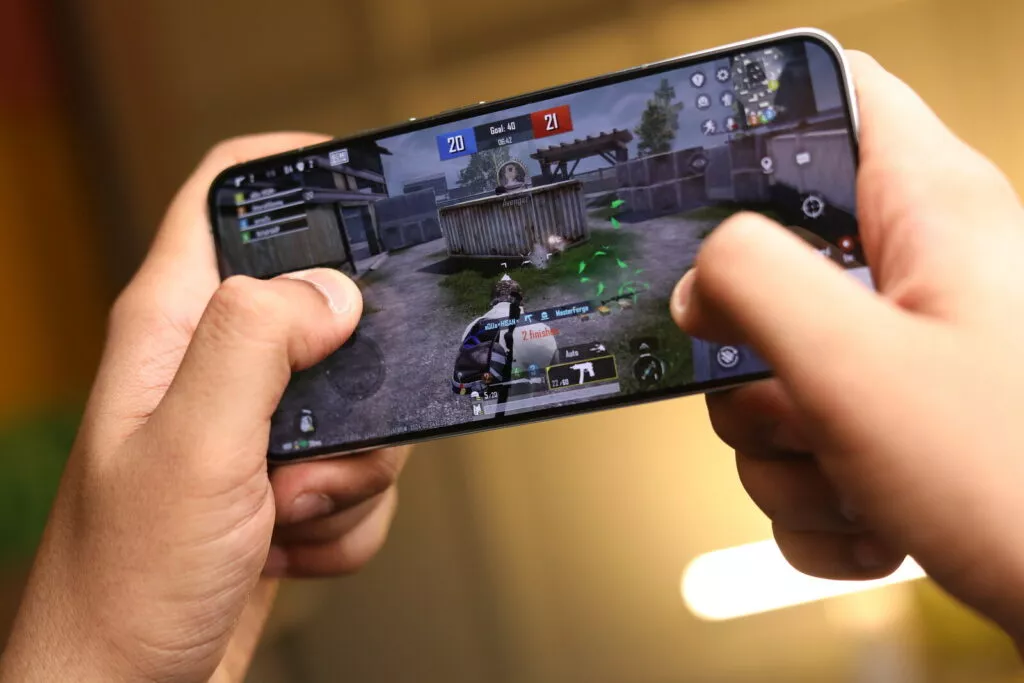
Starting with the specs, the Xiaomi 14 houses the flagship Qualcomm Snapdragon 8 Gen 3 chip, with one X4 core reserved for high-demanding tasks, four performance cores, and four efficiency cores, along with the Adreno 750 GPU. In addition to the processor, the device comes with 12GB of LPDDR5X RAM and 512GB of UFS 4.0 storage.
As impressive as the specs sound, the real-world performance is even better. With new HyperOS optimizations, the device is silky smooth, with no hint of stutter or lag. Additionally, Xiaomi’s team has done an amazing job with the animations. Similarly, the 12GB of RAM and Xiaomi’s AI ensure that almost every app stays ready to go, meaning users don’t even need to stare at a loading screen for more than a second.
Moving to synthetic benchmarks, the Xiaomi 14 maintains its performance. In Geekbench’s single-core and multi-core tests, the 14 scored 2199 points and 6658 points, respectively. Additionally, in the AnTuTu benchmark, the device scored 1871198, putting it on par with other flagships. However, considering its small size, we expected to see some heating in the 30-minute 30-thread stress test, but the results were a lot worse. The device throttled to 72% of its performance and was too hot to touch.
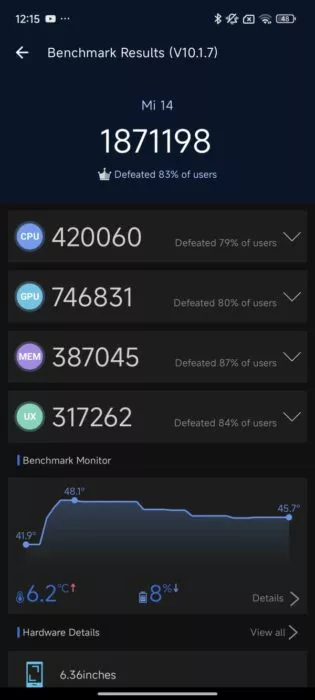
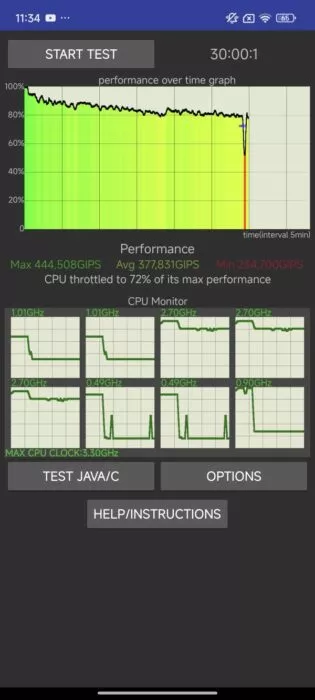
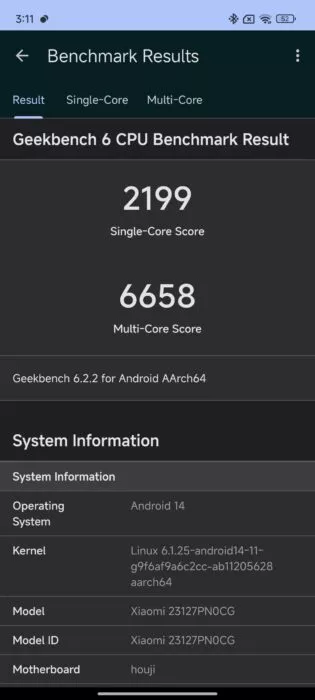
Nevertheless, coming to gaming, the Xiaomi 14 delivered perfect results in games like BGMI and CODM, where I could crank up the graphics to the maximum and still enjoy great gameplay with no slowdowns or heating issues. Moreover, the included game mode provides a slew of options such as freeing up memory, monitoring performance metrics, screen recorder, voice changer, and much more.

Xiaomi 14 Review: Battery life
Xiaomi has always been amazing with battery life, and the same statement holds for the Xiaomi 14. The included 4,310 mAh cell, coupled with HyperOS’s optimization, performed excellently in my testing with no issues. The phone even lasted me two days during lighter workloads. However, when it eventually comes time to top up the battery, the 120W charger comes to the rescue, recharging the phone in under 35 minutes. Moreover, the device also supports 50W of fast wireless charging.
Xiaomi 14 Review: Cameras

It’s safe to assume that if anyone buys the Xiaomi 14, it will be because of the cameras. The device houses a triple-camera setup comprising a 50MP f/1.6 Xiaomi Light Fusion 900 main camera sensor with OIS, a 50MP f/2.2 ISOCELL JN1 112-degree UltraWide sensor, and another 50MP f/2.0 ISOCELL JN1 3.2x telephoto sensor with OIS. Moreover, Leica has also played a hand in the cameras with its custom filters.
While on most phones, judging the cameras is simple, it’s different on the Xiaomi 14 because of the sheer number of options. The company has jam-packed the phone with modes and features, which is a dream for someone who enjoys tinkering with the settings to get a specific look. Therefore, before we discuss the camera performance, we need to talk about the different options available:
1. Filters
On most phones, filters are just a fun party trick. But on the Xiaomi 14, they truly take the experience to the next level. I found myself spending a considerable amount of time trying to get a specific look, which not only gave character to the photo but also made it aesthetically pleasing. Additionally, considering that different scenes match with various filters, one can spend a lot of time dialing in the perfect look.



2. Movie mode
As the name suggests, the movie mode aims to give that wide look of a movie while incorporating features such as background blur. I tried the feature at an event and was amazed by the results, considering the videos were well-shot, stable, and had enough character.
3. Long exposure
Perhaps the most exciting feature on the list, the long exposure section has a few options, ranging from enabling you to capture the hustle and bustle of a city to capturing the stars in the sky in ways you would have never before. Moreover, there is also a Light Painting section, which allows you to paint using a flashlight and make stunning art designs.



4. Supermoon
While Samsung has undoubtedly been the king of moon shots for quite some time, Xiaomi isn’t behind either. Despite not having a periscope sensor, the moon shots came out with great details. Additionally, the company has also bundled extra filters for moon photography, which allow users to place objects such as an airplane in front of the moon for extra flair.



5. Short Film
Have you ever found yourself shooting a video for a friend and not knowing how to frame a shot? Well, Xiaomi has kept this situation in mind with the Short Film feature. Similar to Instagram’s editing suite, the feature enables you to choose a template for the video and then gives you ideas on how to shoot.
Daylight and portrait shots
Now that we have covered the features, let’s delve into the real camera performance. We tested the daylight performance in both the natural mode and the Leica Vivid mode, and the results speak for themselves. The photos came out sharp, detailed, and vibrant, showcasing a distinct style. While style is a subjective topic, we believe that Xiaomi’s processing is perhaps the best compared to competitors like Samsung.

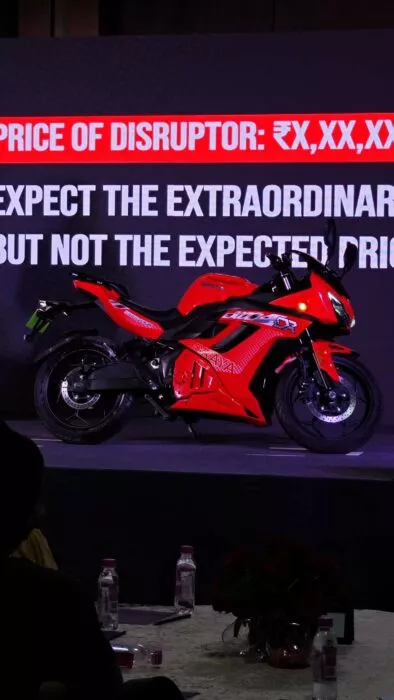




Moving over to portrait shots, the Xiaomi 14 exceeded all our expectations. In a nutshell, the photos were crisp, with great HDR, edge detection, and a shallow depth of field. However, Xiaomi has also included a plethora of features here. First and foremost, there is the lens selection, where users can choose their preferred focal length. Additionally, you also get five different presets of portrait modes, which adjust the focal length and the background blur style depending on your preference.






Furthermore, we compared the Xiaomi 14 to the Vivo X100, and the results were interesting. In the samples below, you can see that Xiaomi tends to overexpose faces in harsh lighting, and the skin tones aren’t always accurate in some shots. However, it is important to note that shots from both cameras are impressive regardless of the comparison.


Nighttime photos
With the f/1.6 main camera, we had high expectations for the nighttime shots, and we weren’t disappointed. The Xiaomi 14 boasts some of the best nighttime modes on the market, with the phone able to capture details even in zero lighting. Moreover, the indoor lighting performance was adequate, with great details and minimal noise. However, we do have one complaint: shutter lag. When capturing photos from a moving car, they came out blurry, rendering them unusable.



Zoom and UltraWide shots
As you might have observed with the portrait shots, the zoom lens on the Xiaomi 14 is no slouch. It captures great photos with ample HDR and details in both daylight and nighttime, with no noticeable color discrepancy between the main and telephoto lenses.



Finally, regarding the 112-degree UltraWide lens, the photos fared exceptionally compared to competitors like the Vivo X100, with minimal distortion. However, it is important to note that there is a slight color variation between the UltraWide and the primary lens. Moreover, the UltraWide camera also doubles as the macro lens.



Selfies and Videos
The Xiaomi 14 houses a 32MP selfie shooter, and the photos were better than expected, with good details and surprisingly natural skin tones. However, similar to other Chinese brands, the phone tends to beautify the faces.


Coming to videos, the output was amazing! Coupled with all the modes mentioned above, the video-capturing experience is great, and the results look aesthetically pleasing, with great stabilization even on the highest settings.
Xiaomi 14 Review: Software
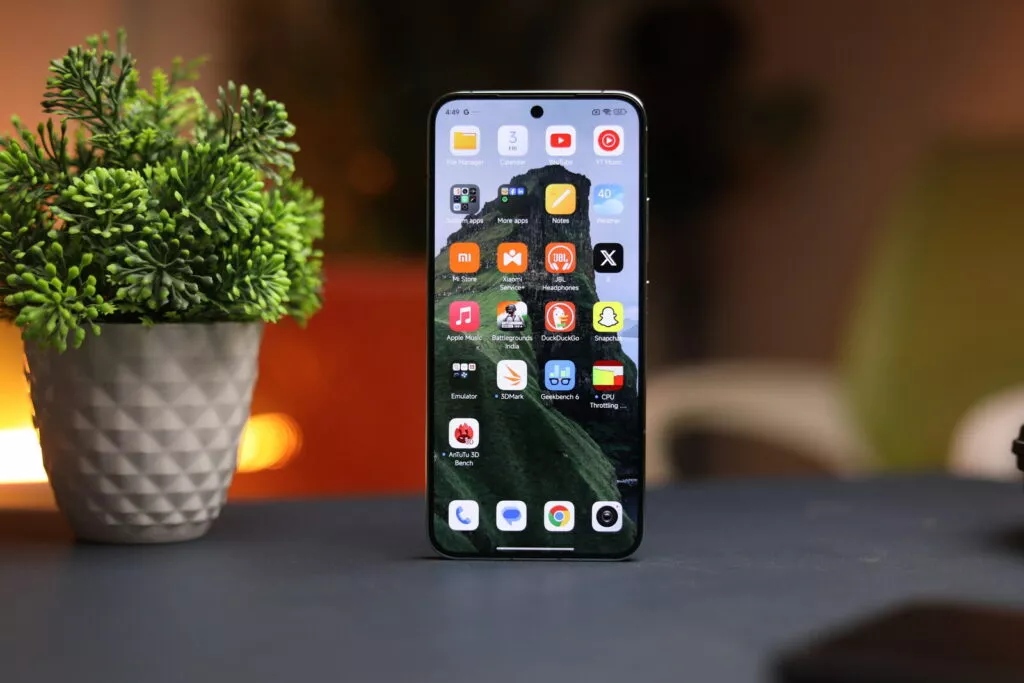
The Xiaomi 14 is the company’s first phone to run HyperOS, built on top of Android 14. If you watched the company’s event announcing the phone, you might have been led to believe that HyperOS is something revolutionary. Unfortunately, this isn’t entirely the case; on the surface, it appears almost identical to MIUI. However, this doesn’t mean there aren’t any improvements; there are plenty.
Interconnectivity and size
Firstly, HyperOS places significant emphasis on connectivity, making seamless integration possible if you own other Xiaomi products. For instance, if you have a Xiaomi tablet, you can use it as a second screen for your Xiaomi laptop or easily transfer content between different devices. Secondly, HyperOS is considerably smaller in size compared to MIUI, offering users much more storage out of the box.
While these features are undoubtedly useful, many users may not own a range of Xiaomi products, making the interconnectedness aspect irrelevant. Therefore, the primary evaluation criterion becomes everyday usability, and the Xiaomi 14 excels in this regard, albeit with a certain twist. If you’re transitioning from a Pixel or Samsung device, the UI may remind you of a different operating system. While the company hasn’t directly copied UI elements from iOS, there’s certainly some inspiration drawn. For example, similar to iOS, the notification panel is divided into two sections: notifications and controls. Swiping down from the home screen triggers the search function, and there’s no default app drawer.
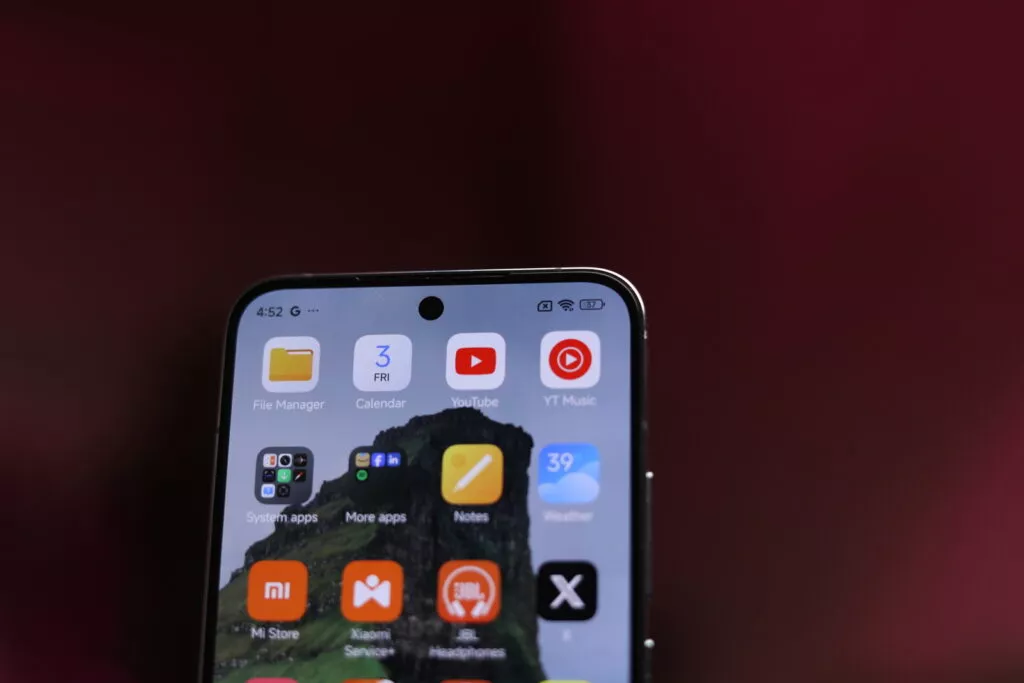
Although HyperOS may have a learning curve, the experience thereafter is impressive. The phone seamlessly glides through the UI, offering numerous features to simplify your life. However, there is one aspect of HyperOS that we didn’t appreciate: the presence of bloatware. Considering that the Xiaomi 14 is priced like a flagship, we expected an experience free of any bloatware or pre-installed apps. Unfortunately, this isn’t the case, as the phone comes bundled with apps such as Booking.com, Snapchat, Amazon, and more. Moreover, we also encountered ads in the App Vault app, which left a sour taste.
Is the Xiaomi 14 worth it?
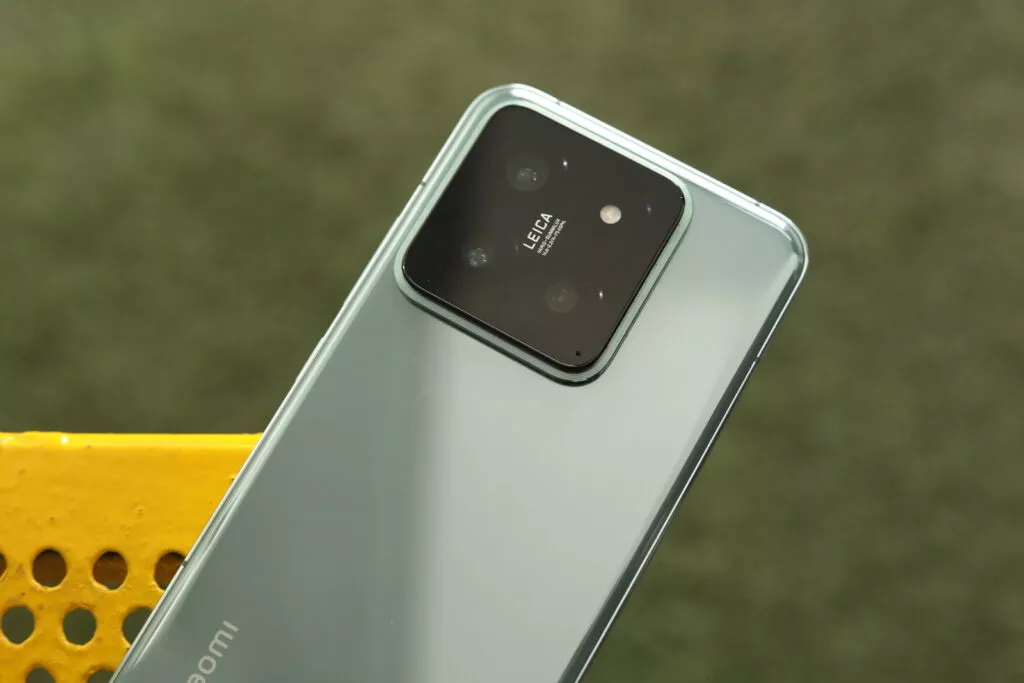
Starting at Rs. 69,999 for the 12GB + 512GB variant, the Xiaomi 14 competes directly with the Vivo X100 and the iPhone 15. While the iPhone 15 would be the preferred choice at this price point, if you prioritize photography and want a compact phone with top-notch performance and sleek design, then the Xiaomi 14 is worth considering.

